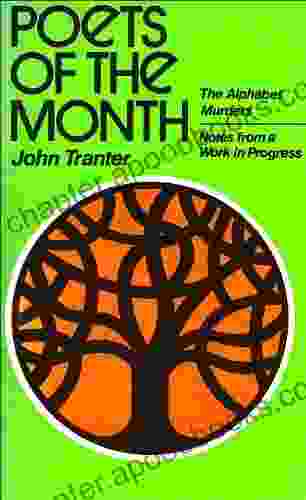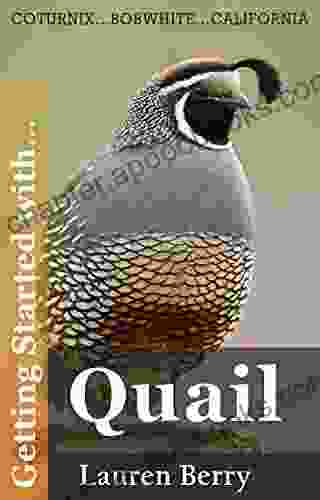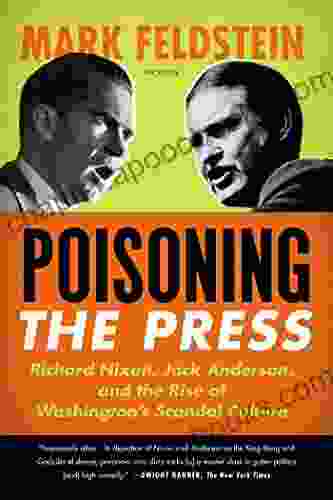Hexachords in Late Renaissance Music: An In-Depth Exploration


Hexachords, fundamental melodic and theoretical building blocks, played a pivotal role in the music of the late Renaissance period. This comprehensive book delves into the intricate world of hexachords, exploring their origins, evolution, and their profound impact on the music of the era.
4.7 out of 5
| Language | : | English |
| File size | : | 13633 KB |
| Text-to-Speech | : | Enabled |
| Screen Reader | : | Supported |
| Enhanced typesetting | : | Enabled |
| Print length | : | 243 pages |
Origins and Historical Context
The concept of hexachords emerged in the early Middle Ages, with its roots in ancient Greek music theory. It was through the works of theorists such as Boethius and Guido of Arezzo that hexachords gained prominence in medieval and Renaissance music.
During the late Renaissance, hexachords became an integral part of the musical landscape. Composers and theorists alike utilized them as a framework for melodic construction, harmonic progressions, and the organization of musical space.
Types of Hexachords
There were two main types of hexachords in use during the late Renaissance:
- Guidonian Hexachords: Based on the six notes C, D, E, F, G, and A, with either a half step between the second and third or third and fourth tones.
- Transposed Hexachords: Transposed versions of the Guidonian hexachords, allowing composers to access a wider range of pitches.
Hexachords and Melodic Construction
Hexachords provided a structured approach to melodic writing. Composers used hexachords as building blocks, combining and sequencing them to create intricate and expressive melodies. This approach allowed for a wide range of melodic possibilities, from simple stepwise progressions to elaborate leaps and embellishments.
Hexachords and Harmonic Progressions
Hexachords also had a profound influence on harmonic progressions. The intervals within hexachords determined the types of chords that could be built, and the sequence of hexachords provided a roadmap for harmonic motion. By skillfully manipulating hexachords, composers created harmonic progressions that were both logical and emotionally evocative.
Hexachords and the Organization of Musical Space
Hexachords served as a means of organizing musical space. By dividing the octave into six-note segments, hexachords provided a framework for understanding and navigating the musical landscape. This organization facilitated the creation of clear and coherent musical structures.
Notable Composers and Hexachords
Numerous prominent composers of the late Renaissance period made extensive use of hexachords. These composers include:
- Josquin des Prez: Known for his masterful use of hexachords in his polyphonic masses and motets.
- Orlande de Lassus: Explored the full potential of hexachords in his sacred and secular works.
- Palestrina: Used hexachords to create smooth and consonant harmonies in his choral music.
Hexachords were an indispensable part of late Renaissance music. They provided composers with a structured and versatile framework for melodic construction, harmonic progressions, and the organization of musical space. This book offers a comprehensive examination of hexachords, tracing their historical origins, exploring their theoretical implications, and showcasing their practical applications in the music of the era.
Free Download Your Copy Today
To dive deeper into the fascinating world of hexachords, Free Download your copy of "Hexachords in Late Renaissance Music: Routledge Revivals" today. This essential resource will empower you to understand, appreciate, and perform the music of the late Renaissance period like never before.
4.7 out of 5
| Language | : | English |
| File size | : | 13633 KB |
| Text-to-Speech | : | Enabled |
| Screen Reader | : | Supported |
| Enhanced typesetting | : | Enabled |
| Print length | : | 243 pages |
Do you want to contribute by writing guest posts on this blog?
Please contact us and send us a resume of previous articles that you have written.
 Book
Book Novel
Novel Page
Page Chapter
Chapter Text
Text Story
Story Genre
Genre Reader
Reader Library
Library Paperback
Paperback E-book
E-book Magazine
Magazine Newspaper
Newspaper Paragraph
Paragraph Sentence
Sentence Bookmark
Bookmark Shelf
Shelf Glossary
Glossary Bibliography
Bibliography Foreword
Foreword Preface
Preface Synopsis
Synopsis Annotation
Annotation Footnote
Footnote Manuscript
Manuscript Scroll
Scroll Codex
Codex Tome
Tome Bestseller
Bestseller Classics
Classics Library card
Library card Narrative
Narrative Biography
Biography Autobiography
Autobiography Memoir
Memoir Reference
Reference Encyclopedia
Encyclopedia Ryan Michele
Ryan Michele Lee Drew Andrews
Lee Drew Andrews Liz Michalski
Liz Michalski Nick Constable
Nick Constable Terrence J Rynne
Terrence J Rynne F Daniel Rzicznek
F Daniel Rzicznek Mike Shackle
Mike Shackle Laura Lee Guhrke
Laura Lee Guhrke Lynda Rutledge
Lynda Rutledge Martial
Martial Marv Wolfman
Marv Wolfman Lorraine V Murray
Lorraine V Murray S E Smith
S E Smith Lewis C Lin
Lewis C Lin Marc Hoffman
Marc Hoffman Ella Cooper
Ella Cooper Marco Rocha
Marco Rocha Paul Stenning
Paul Stenning Michael Green
Michael Green Rosemary Feurer
Rosemary Feurer
Light bulbAdvertise smarter! Our strategic ad space ensures maximum exposure. Reserve your spot today!

 Gabriel MistralUnraveling the Labyrinth of Political Corruption in India: A Comprehensive...
Gabriel MistralUnraveling the Labyrinth of Political Corruption in India: A Comprehensive...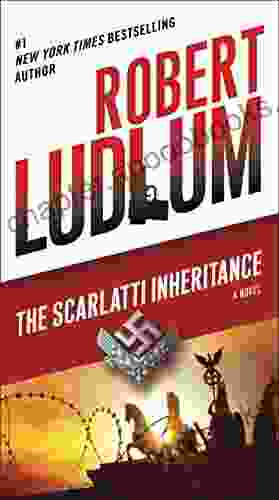
 Floyd RichardsonUnveiling the Secrets of "The Scarlatti Inheritance": A Literary Adventure...
Floyd RichardsonUnveiling the Secrets of "The Scarlatti Inheritance": A Literary Adventure... Calvin FisherFollow ·11.4k
Calvin FisherFollow ·11.4k Pat MitchellFollow ·5.7k
Pat MitchellFollow ·5.7k Austin FordFollow ·9.9k
Austin FordFollow ·9.9k Ernest HemingwayFollow ·17.4k
Ernest HemingwayFollow ·17.4k Jeremy MitchellFollow ·19.3k
Jeremy MitchellFollow ·19.3k Tyler NelsonFollow ·18.2k
Tyler NelsonFollow ·18.2k Isaiah PowellFollow ·15k
Isaiah PowellFollow ·15k Jordan BlairFollow ·13.1k
Jordan BlairFollow ·13.1k

 W.H. Auden
W.H. AudenTerrorist Events Worldwide 2024: A Comprehensive Guide to...
Terrorism is a global threat that affects...

 Carson Blair
Carson BlairBeautifully Uplifting And Enchanting Novel Set In The...
Set in the beautiful West Country, this...

 Jeffrey Cox
Jeffrey CoxAn Utterly Captivating and Uplifting Story of One Woman's...
Immerse yourself in an extraordinary...
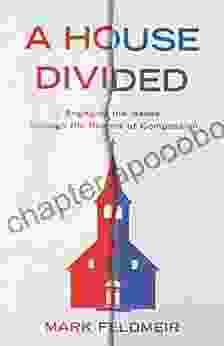
 Greg Foster
Greg FosterEngaging the Issues Through the Politics of Compassion
: The Power of...
4.7 out of 5
| Language | : | English |
| File size | : | 13633 KB |
| Text-to-Speech | : | Enabled |
| Screen Reader | : | Supported |
| Enhanced typesetting | : | Enabled |
| Print length | : | 243 pages |



